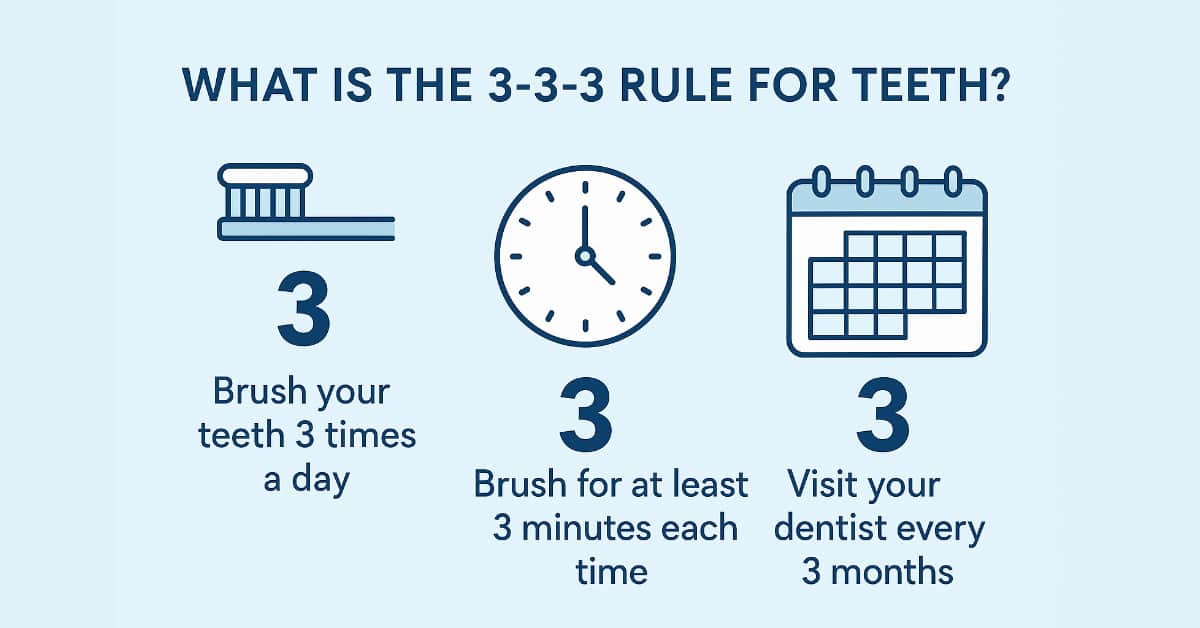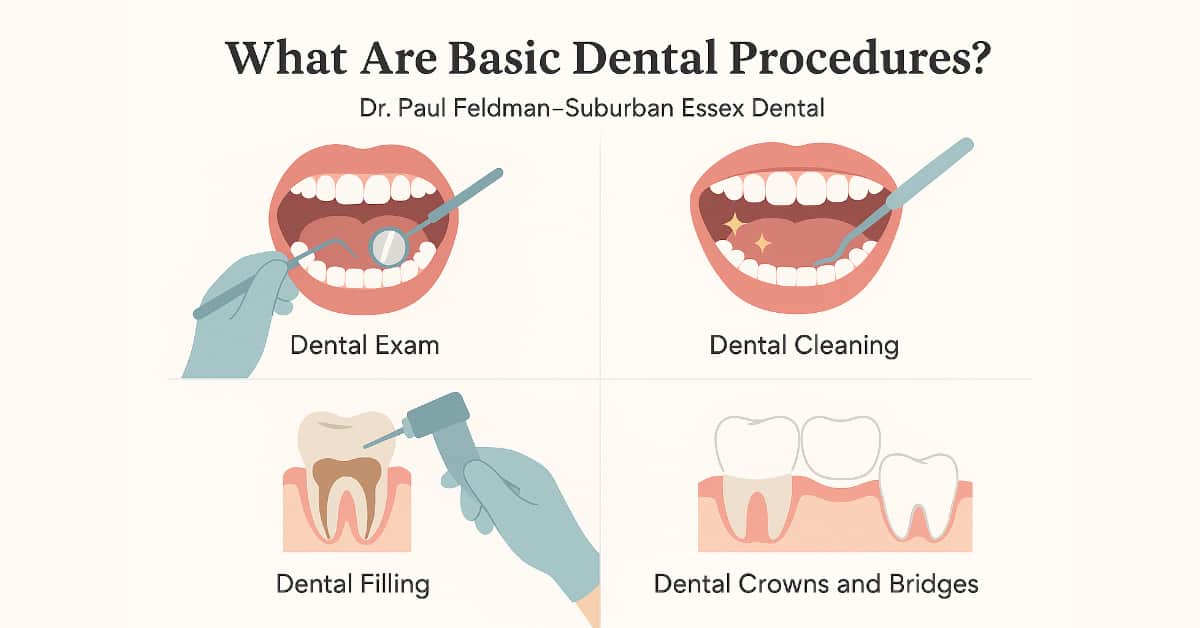Know The Types Of A Cracked Tooth, Symptoms & Relief
You bite onto a hard piece of candy and feel a pop in your tooth. Upon further inspection, you notice that your tooth appears to be cracked. Whether the pain sets in immediately or doesn’t begin for days, this is a sign that you need dental treatment.
By better understanding what happens when your tooth cracks and how to treat the problem, you can get the help that you need to relieve your discomfort.
Why Do Teeth Crack?
A cracked tooth is a serious dental concern, and there are many different types of cracks with varied causes. These include the following activities:
- Biting or chewing hard food items or objects, including ice, pens, or fingernails
- An accident, trauma, or blow to the mouth
- Bruxism, clenching and grinding the teeth
- Advanced gum disease including bone loss
- Compromised tooth structure due to restorations or large fillings
A sudden change in oral temperature might also leave your teeth vulnerable to cracking and other damage.

Are All Tooth Cracks Painful?
Cracked teeth can vary in location, length, and depth, and the amount of pain experienced will vary with the type of crack. The following are some of the most common types of tooth cracks:
- Craze lines. These tiny cracks develop within the tooth enamel. In most cases, you won’t even notice them, and no treatment is necessary. Pain is usually not an issue.
- Oblique supragingival cracks. These cracks only affect the crown, and since they don’t extend below the gum line, they are also relatively painless.
- Oblique subgingival cracks. Should the problems extend below the gum line, they are known as oblique subgingival cracks. Since the root and pulp may be exposed, they can be quite painful.
- Oblique root cracks. You may not be able to see these cracks, as they involve damage below the gum line or even below the jawbone. They are usually quite painful and may require extraction to treat the problem.
- Vertical apical root cracks. Extraction is also a major possibility with vertical apical root cracks, as these painful cracks begin at the root and extend upward toward the crown.
- Split tooth. A large crack may split a tooth into two separate pieces. Treatment may require a root canal as well as restoring the tooth with a crown.
Your dentist can examine your teeth to determine the type of crown and the source of your pain.
What Can You Do about a Cracked Tooth?
Treatment for a cracked tooth will vary depending on the type of crack and when the problem is discovered. Cracks that are noticed early may only require a simple restoration to keep the tooth together and to relieve pain. However, if the pulp is damaged or an infection develops, a permanent restoration like a crown may be put into place after root canal treatment.
In severe cases, if the damage extends under the gum line where a dentist cannot access it, extraction may be the only treatment available, and in these situations, dental implants or bridges can help to restore the appearance of your smile.
Cracked teeth can lead to functional problems and cosmetic concerns, but treatment options are available. Should you notice a cracked tooth or suspect that you may have damaged one, be sure to talk to your dentist about how to relieve your pain and discomfort. Acting quickly may ultimately save your tooth.
Are you in pain due to a cracked tooth? Do not wait. Contact Suburban Essex Dental now. We are located in West Orange, NJ, Suburban Essex County. We have been rated “Top Dentist” in the New Jersey Monthly since 2012 and are still running. Contact Us to schedule your appointment today.





